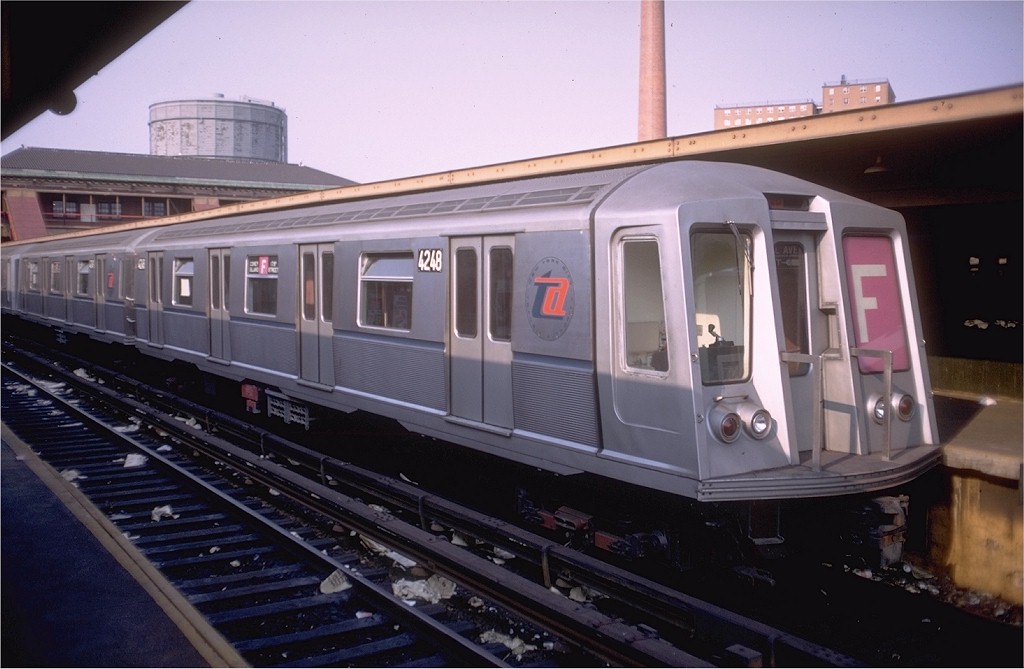 Earlier today, the first of the MTA’s planned fare hikes went into effect. A remnant of the Doomsday budget proposal, today’s hikes impacted riders on Metro-North and the Long Island Rail Road. On June 28th, New York City Transit riders will suffer through the same fate, and two weeks later, the MTA’s bridge and tunnel tolls will rise.
Earlier today, the first of the MTA’s planned fare hikes went into effect. A remnant of the Doomsday budget proposal, today’s hikes impacted riders on Metro-North and the Long Island Rail Road. On June 28th, New York City Transit riders will suffer through the same fate, and two weeks later, the MTA’s bridge and tunnel tolls will rise.
As part of the compromise out of Albany, the MTA will be raising the fares at least every two years to keep pace with inflation. MTA budget-watchers warn that even a biennial fare increase won’t cover the MTA’s rapidly increasing debt payments. Enter the federal government.
As first reported by the Poughkeepsie Journal on Saturday, Congress is may approve a provision in the federal stimulus bill that would allow 10 percent of transit aid to go toward operating costs. In the past, federal aid has been earmarked specifically for capital programs and procurement plans that spur on job creation. With transit agencies facing extreme budget shortfalls and the specter of job cuts, the government may allow the flexibility to maintain workforce levels.
Today, The Times and The Daily News got in on the act. They both, however, dance around the real issue: Once again, Congress is acting on a national transportation issue after the ship has sailed. Financial problems at transit authorities has been a not-so-secret problem for a while. Only after jobs and services are cut and fare are increased does Congress find it prudent to act.
As The Times notes in one paragraph, “But the change, if approved, will come after many transit agencies have already planned their budgets for the coming fiscal year.” The Daily News reports that this provision — which could provide a whopping $122 million for an MTA facing a $1.8 billion short fall — would stave off this year’s fare hikes or service cuts and won’t eliminate the planned payroll tax either. It’s simply a case of throwing pennies at a problem.
In the end, this move is indicative of the problems plaguing the federal approach to public transit. The commitment to sensible funding solutions just aren’t there. Transit is a public good, and the authorities running rail and bus lines can’t jack up fares to cover the entire cost of running a system. But until we have a real national investment policy, fare hikes and service cuts will remain the norm for debt-laden transit agencies.

 The F train, the F train. What do about that the F train? That always seems to be the question, doesn’t it?
The F train, the F train. What do about that the F train? That always seems to be the question, doesn’t it?
 Sometimes, the Associated Press under-writes a story. Take, for example,
Sometimes, the Associated Press under-writes a story. Take, for example, 










